The adjoining graph shows the variation of terminal potential difference V, across a combination of three cells in series to a resistor, versus the current, I:
(i) Calculate the emf of each cell. (ii) For what current I, will the power dissipation of the circuit be maximum ?
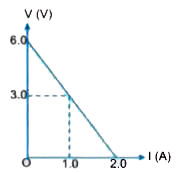
(i) We know that V = ε−Ir . From the graph it is clear that when no current is being drawn from the cells (i.e., I =0), voltage is 6.0 volt. As the battery is a combination of 3 cells and in an open circuit terminal potential difference is equal to emf, hence
emf of each cell ε=6.03V=2.0V
(ii) From graph, terminal potential difference Vis zero when current drawn is Is=2.0A . It represents the short circuit condition, where 0=ε−Is.r and r is the internal resistance of the cell combination.
⇒r=εIs=6.0V2.0A=3Ω
Power dissipation of the circuit will be maximum when external resistance is equal to internal resistance (R=r) i.e., current drawn is
I=εr+R=ε2r=6V2×3Ω=1A
Topper's Solved these Questions
- CURRENT ELECTRICITY BOOK - U-LIKE SERIESCHAPTER - CURRENT ELECTRICITY EXERCISE - LONG ANSWER QUESTIONS - I
47 Videos
- CURRENT ELECTRICITY BOOK - U-LIKE SERIESCHAPTER - CURRENT ELECTRICITY EXERCISE - LONG ANSWER QUESTIONS - II
8 Videos
- CURRENT ELECTRICITY BOOK - U-LIKE SERIESCHAPTER - CURRENT ELECTRICITY EXERCISE - VERY SHORT ANSWER QUESTIONS
39 Videos
- CBSE SAMPLE QUESTION PAPER 2019-20 (SOLVED)BOOK - U-LIKE SERIESCHAPTER - CBSE SAMPLE QUESTION PAPER 2019-20 (SOLVED)EXERCISE - SECTION D
6 Videos
- DUAL NATURE OF RADIATION AND MATTERBOOK - U-LIKE SERIESCHAPTER - DUAL NATURE OF RADIATION AND MATTEREXERCISE - SELF ASSESSMENT TEST SECTION-C (VERY SHORT ANSWER QUESTIONS)
3 Videos
Similar Questions
The following graph shows the variation of terminal potential difference V, across a combination of three cells in series to a resistor versus the current I :
(i) Calculate the emf of each cell. (ii) For what current I, will the power dissipation of the circuit be maximum ?
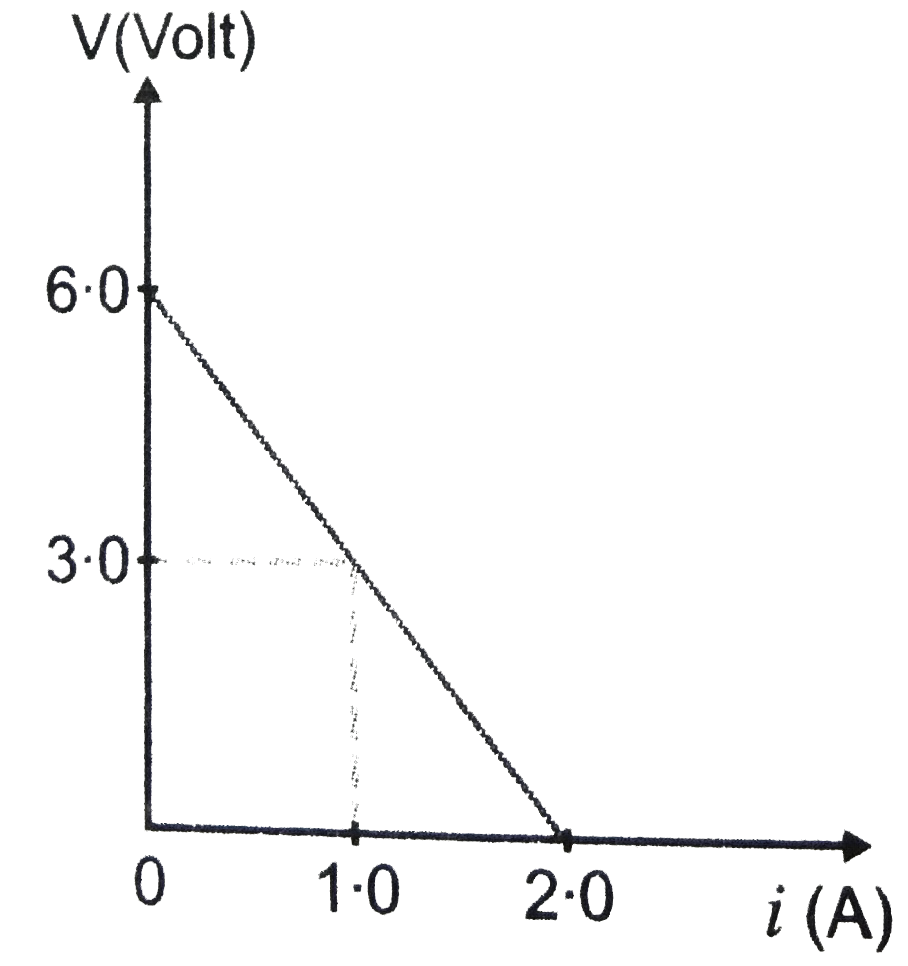
View SolutionThe following graph shows the variation of terminal potential difference V, across a combination of three cells in series to a resistor versus the current I :
(i) Calculate the emf of each cell. (ii) For what current I, will the power dissipation of the circuit be maximum ?

View Solution
Knowledge Check
What must be the current in a circuit if potential difference across a cell is equal to the emf of the cell.
A0B10AC0.5 AD105 AFor a cell, the graph between the potential difference (V) across the terminals of the cells and the current I drawn from the cell is as shown in figure. Calculate the e.m.f. and the internal resistance of the cell.
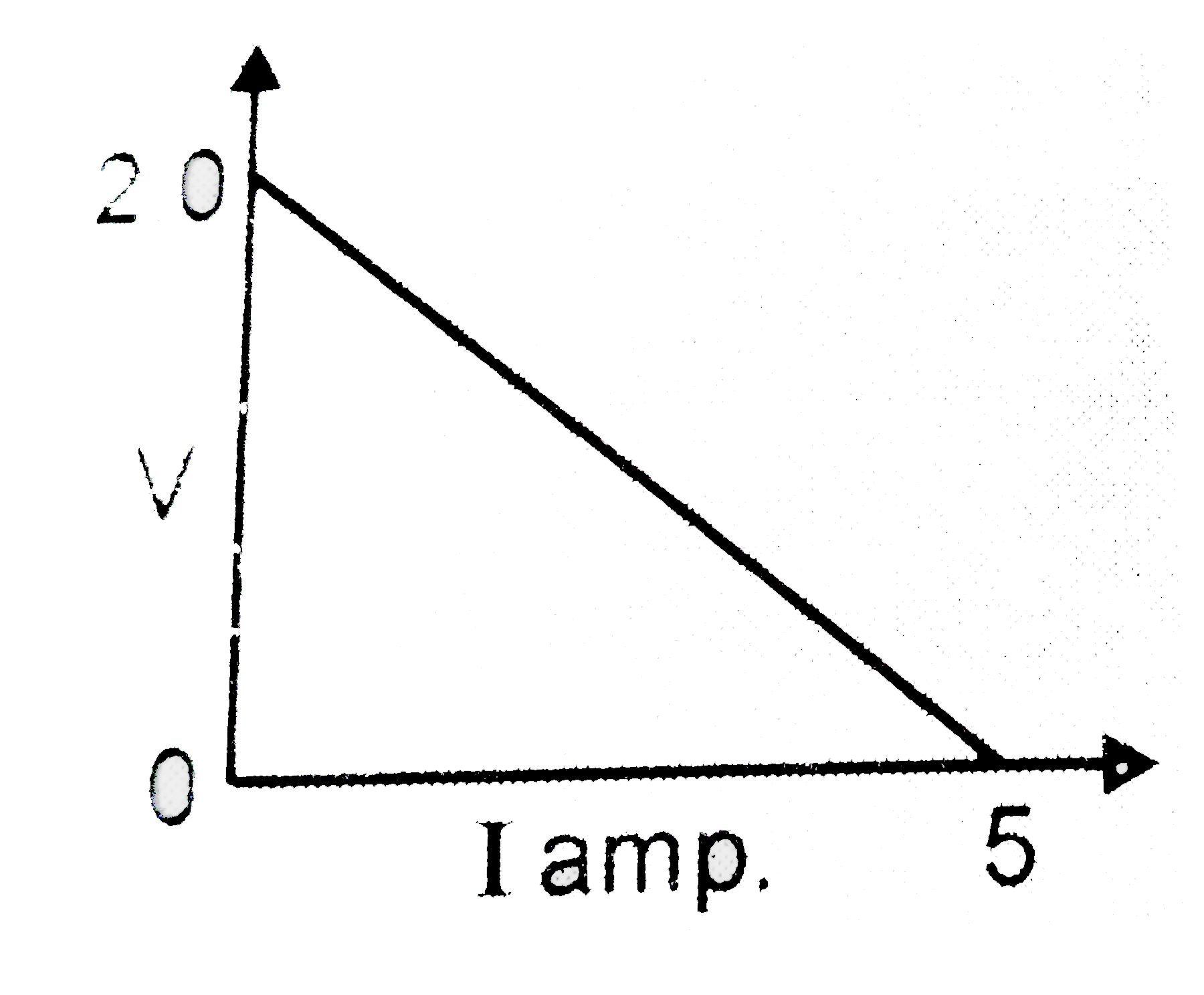 A4F3KB3F4KC4FKD2FK
A4F3KB3F4KC4FKD2FK
The plot of the variation of potential difference across a combination of three identical cells in series, versus current is as shown in figure. What is the emf and internal resistance of each cell?
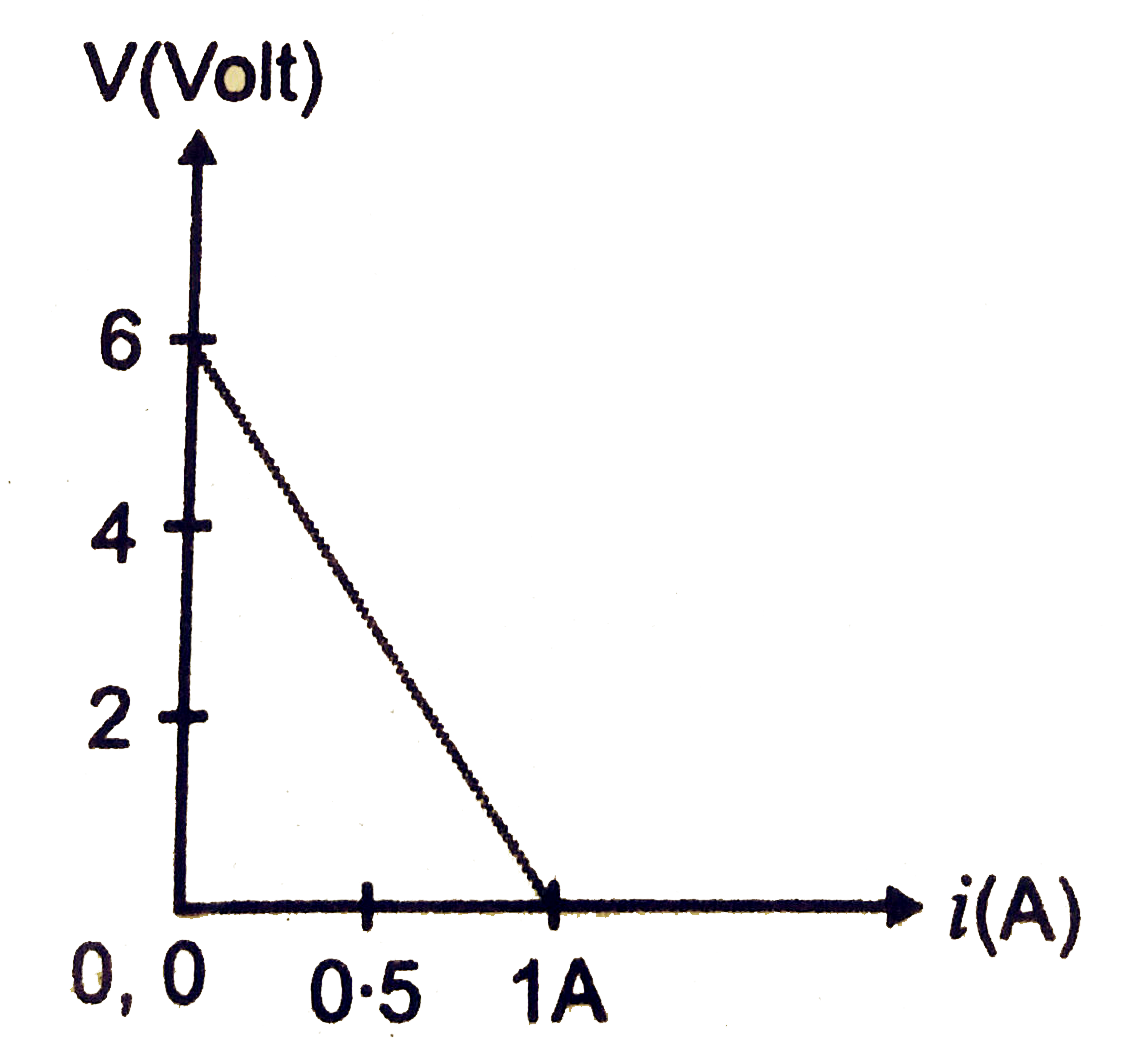
View SolutionThe plot of the variation of potential difference across a combination of three identical cells in series, versus current is as shown in figure. What is the emf and internal resistance of each cell?

View SolutionThe plot of the variation of potential difference across a combination of three identical cells in series, versus current is as shown in figure. What is the emf and internal resistance of each cell?

View SolutionPlot a graph which shows the dependence of current I on potential difference V across a resistor R .
View SolutionPlot a graph which shows the dependence of current I on potential difference V across a resistor R .
View Solution4 cells of identical emf E and internal resistance r, are connected in series to a variable resistor. The following graph shows the variation of termical voltage of the combination with the current output. Fig. MTP 1.2.
(a) What is the emf of each cell used?
(b) For what current from the cells, does maximum power dissipation occur in the circuit?
(c) Calculate the internal resistance of each cell.
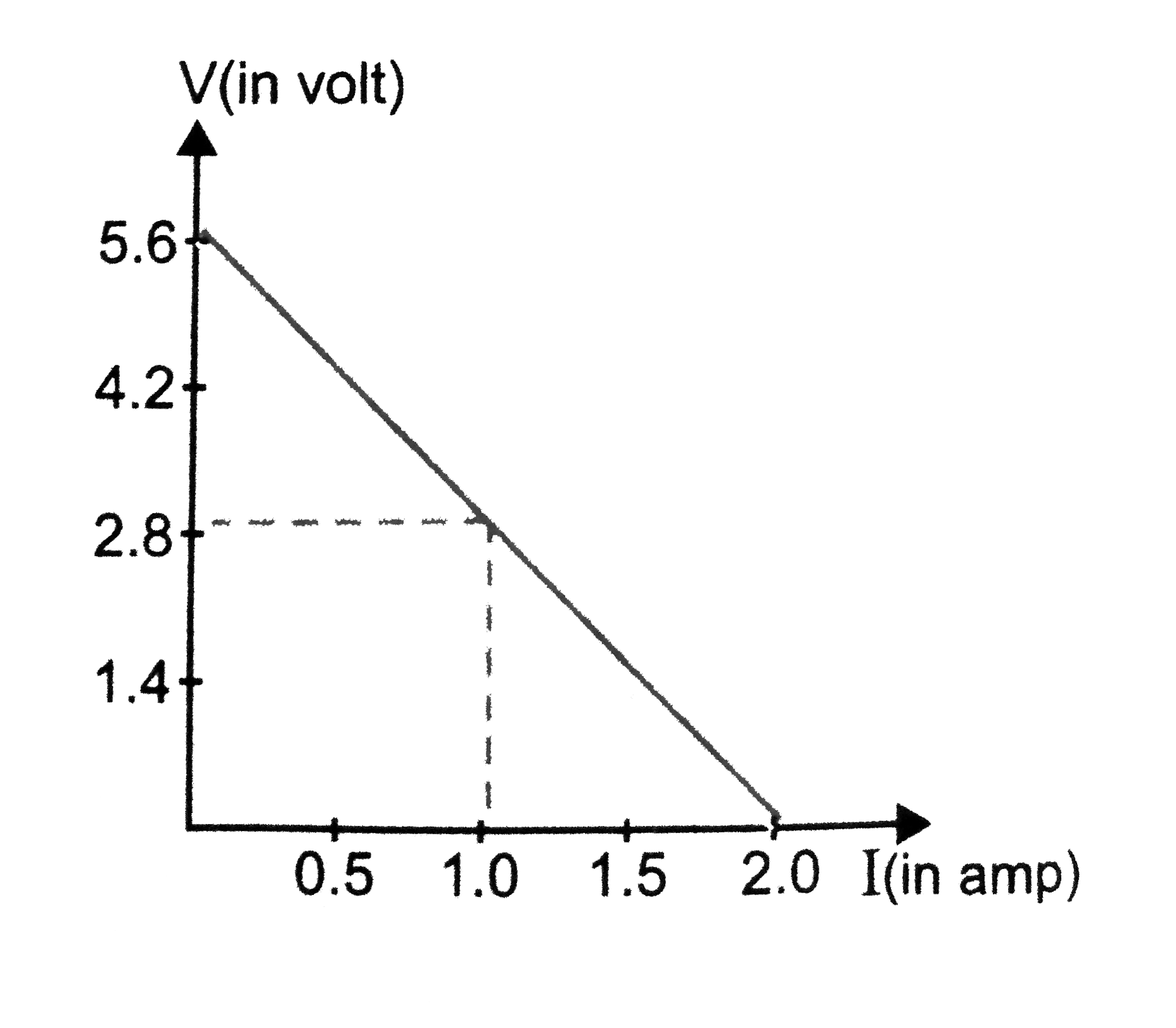
View Solution
